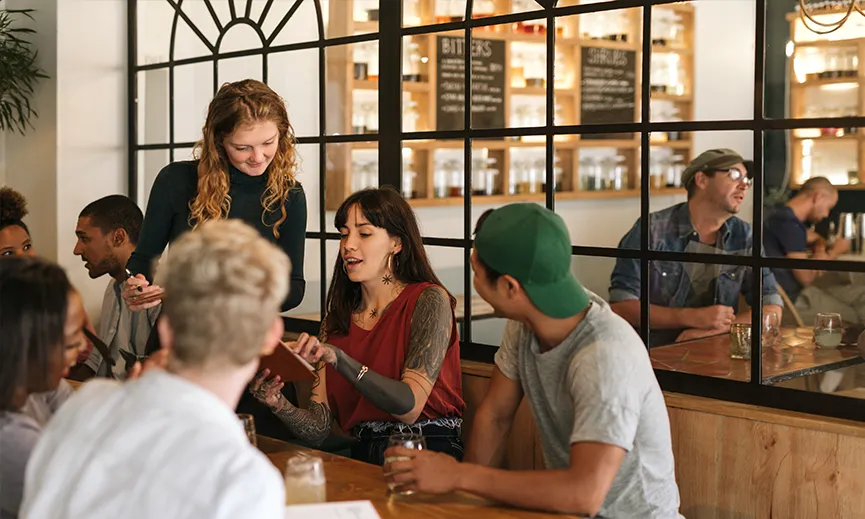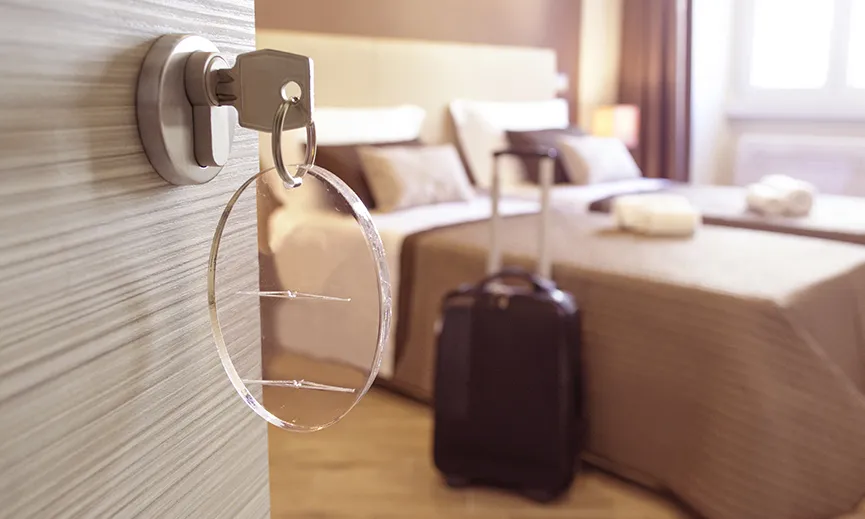
How important are effective comms in building customer relationships?
Last summer Pret A Manger announced it was ditching its much loved subscription, Club Pret. Under the old scheme, subscribers received five free coffees a day and 20% off food for £30 a month. The new replacement scheme offered up to five half-price coffees a day for £10 a month, with no discount on food.
“Given the majority of our customers are not Club Pret subscribers, our priority now is to focus on better value for everyone,” managing director Clare Clough told customers at the time.
Certainly, our research shows people do see loyalty schemes as generally representing good value for money (58% of consumers agree with this statement) and financial rewards are particularly welcome when times are tough.
Nearly half (47%) of consumers – rising to two-thirds of those aged 25 to 34 – say they have joined more loyalty schemes to save money since the recent cost-of-living crisis began. While they are an important part of the mix, there is however, more to a successful loyalty scheme than deep discounts.
At its core, the role of your loyalty scheme is to keep your customers coming back for more. But to do this, it needs to actually give them what they want.
Our previous research into consumers’ loyalty towards hospitality venues found that value-led loyalty schemes were most popular with consumers, with members-only pricing (49%), collecting points for purchases (39%), cashback schemes (37%), and deals on frequently purchased products (29%) all coming out as the top picks in a list of what types of loyalty schemes they’d like to see. With rising costs putting pressures on consumers’ wallets as well as hospitality venues, it’s no surprise that schemes that offer straightforward financial incentives came out on top.
Beyond monetary incentives, schemes including a chance to win prizes (13%), personalised offers and deals (12%), and deals on products within a different sector (9%) all saw some interest from consumers. Whilst these may not take the form of blanket discounts or financial incentives, they do still emphasise the importance of ensuring your loyalty offering truly adds value to your customers.
While the appetite for loyalty schemes is clearly there, there are nevertheless some barriers to entry.
A significant number of people are put off by upfront membership costs (38%), for example, while 29% don’t want to be locked into a subscription, and 22% feel that they wouldn’t get enough value by signing up for a scheme.
It’s a reminder that for loyalty schemes to work, it must be clear what value they are going to deliver and communicating this will be key to success.

How important are effective comms in building customer relationships?

GO Technology: Why 6:12pm is the new 8pm

How can smaller hospitality businesses make loyalty work?

How to nurture loyal customers

Pub Accommodation Review 2025

Loyalty in a cost-of-living crisis

Seamless stays and smooth operations: The impact of Zonal PMS on pub accommodation

Does customer loyalty even exist?

What is loyalty?